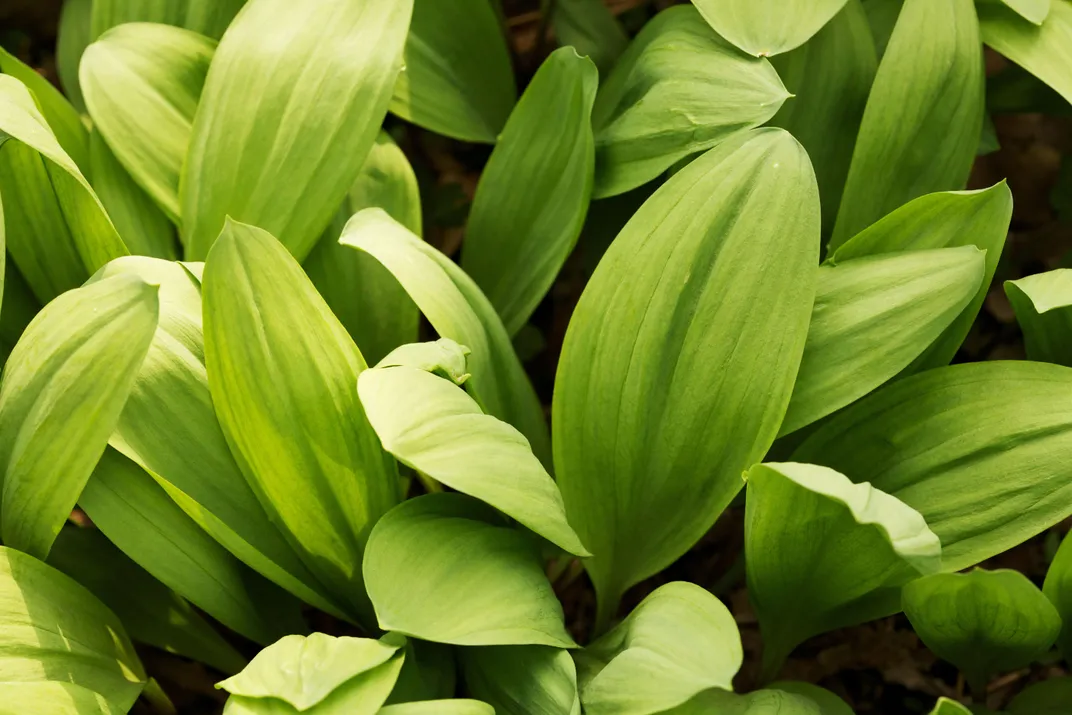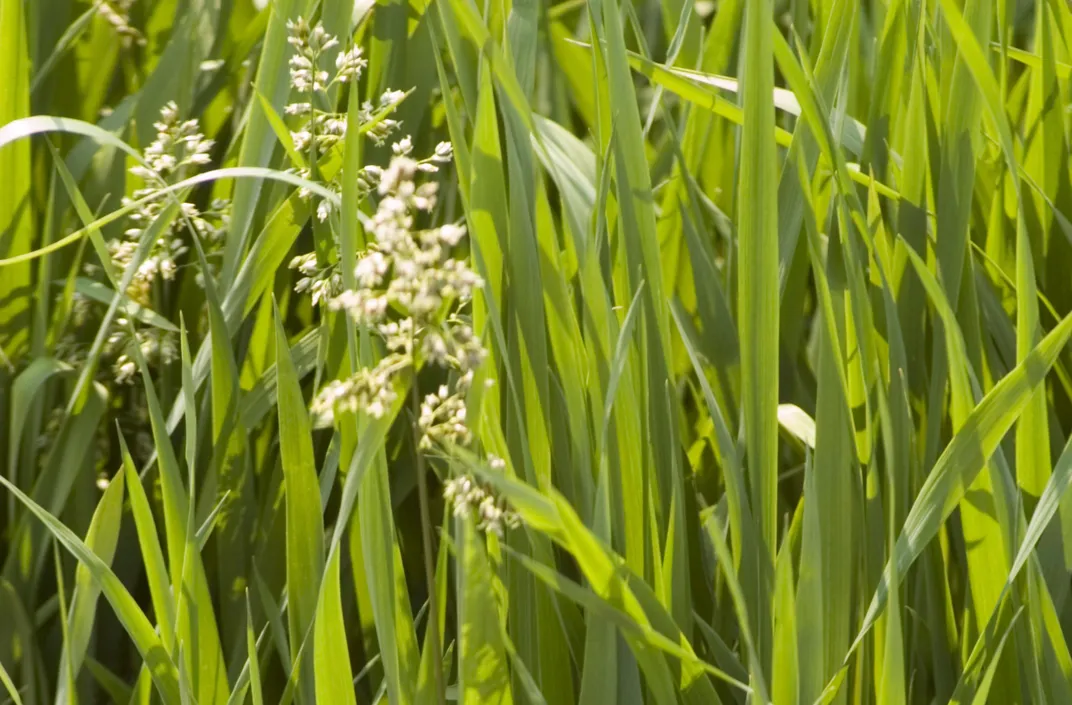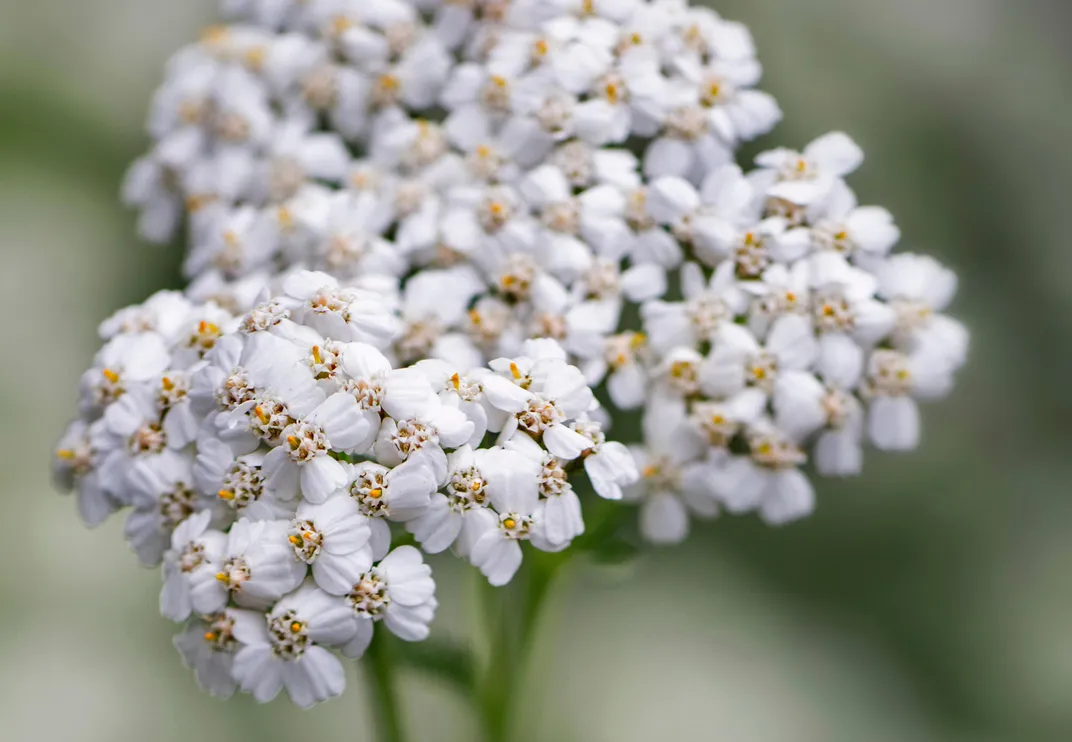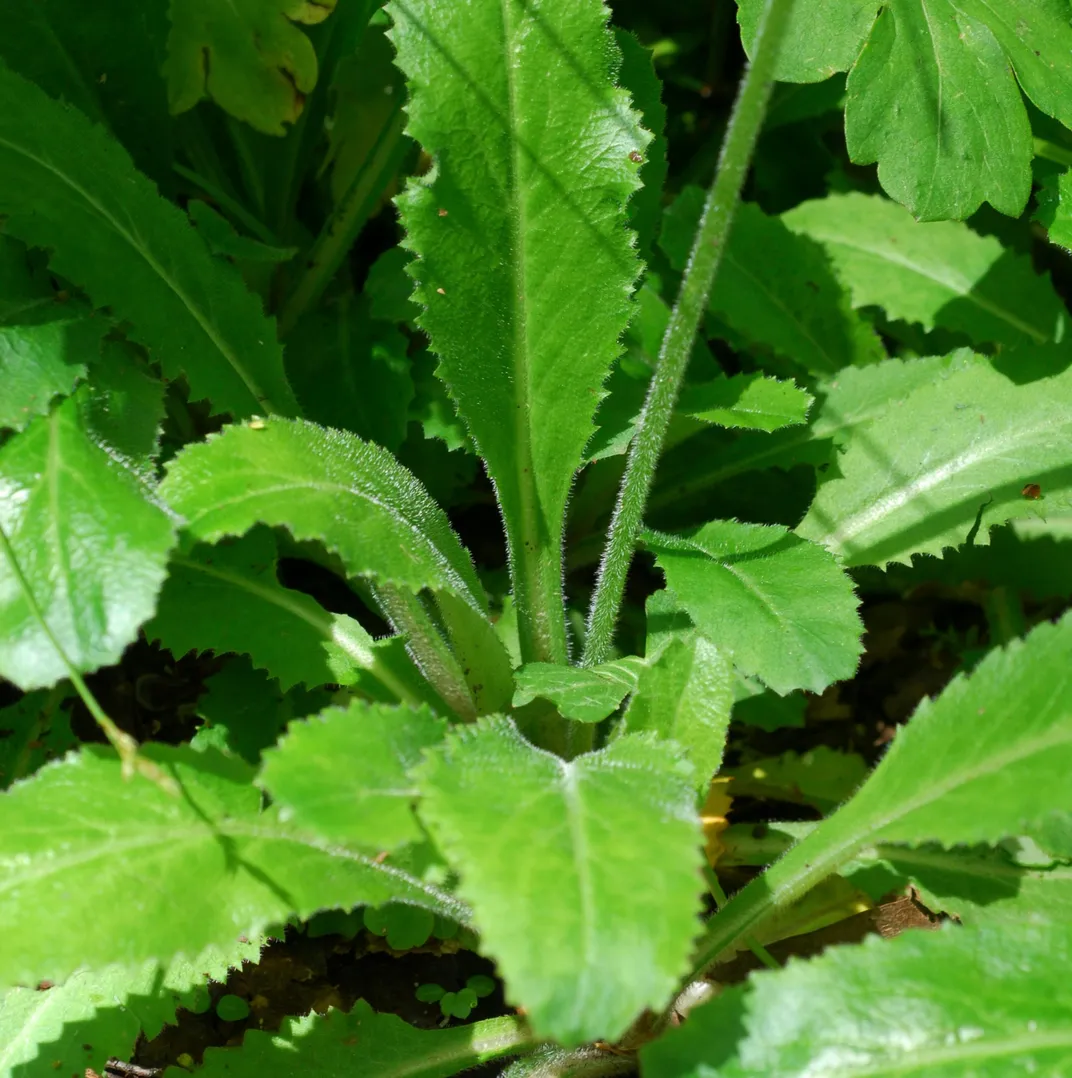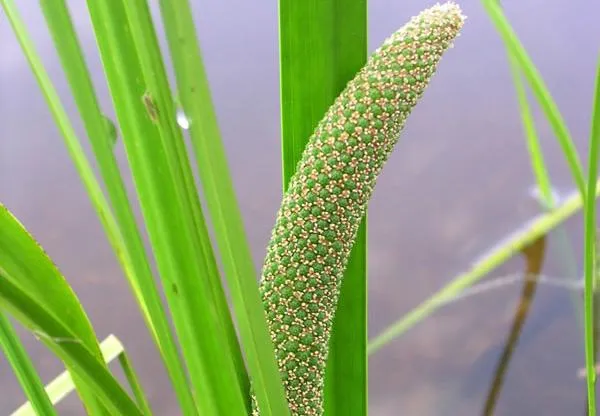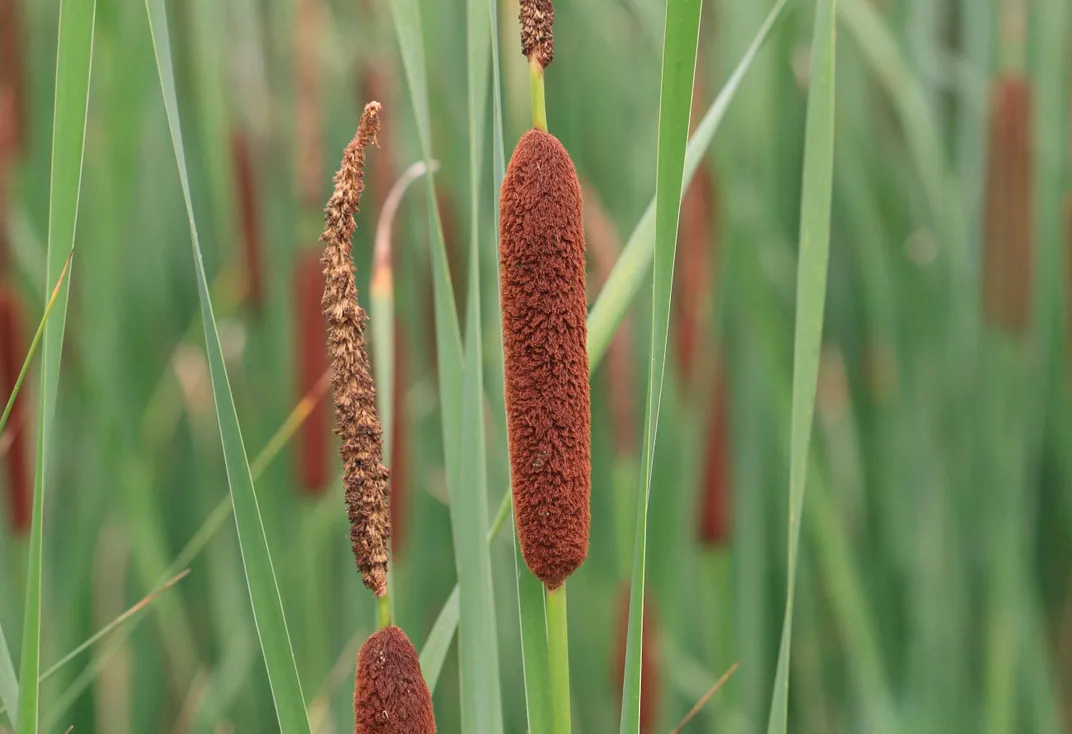Cherokee Indians Can Now Harvest Sochan Within a National Park
For the first time, the indigenous community is allowed to gather the cherished plant on protected land
/https://tf-cmsv2-smithsonianmag-media.s3.amazonaws.com/filer/a5/c3/a5c31a09-4f56-4873-8b43-436d2b71da6e/oct2019_d11_prologue.jpg)
Tommy Cabe pulled a pipe from the leather pouch attached to his belt, lit it and crouched close to the ground. Silently, he prayed that he might be nourished by eating the green-headed coneflower plant, or sochan, growing all around him. To close his prayers, Cabe sprinkled a pinch of tobacco over the land of his ancestors.
Cabe, a forest resource specialist for the Eastern Band of Cherokee Indians and an enrolled tribal member in his 40s, grew up gathering sochan—a traditional Cherokee food akin to but milder than spinach that is rich in vitamin C and folic acid. For years, sochan gathering was relegated to small backyard plots, or along back roads. But one day this past May, clutching an official hunter-orange harvest bag, Cabe stood on a forested hillside in Great Smoky Mountains National Park, where his tribe became the first in generations to legally collect sochan within national park boundaries. Because of a new federal policy, 11 tribal members, as of now, are free to forage for sochan in tens of thousands of acres inside the park. The lifting on the prohibition of such foraging marks a reconciliation of sorts, with the federal government finally acknowledging American Indians’ claim to their ancestral homeland.
For millennia, Cherokee inhabited vast portions of the Southeast, including the more than 500,000 acres of Tennessee and North Carolina that now form the national park. In 1830, the Indian Removal Act led to the forced eviction of tribes. Some families, including Cabe’s, escaped by hiding in the Appalachians. Today, many of their descendants live in the Qualla Boundary, tribe-purchased land that shares a border with the park.
When Congress established the National Park Service in 1916, it was illegal to remove any plants from within park borders. That changed in 1960, when some park superintendents began letting visitors gather certain nuts, berries and fruits for personal consumption. But that policy and a 1983 update to it did not allow American Indians to forage for traditional cultural purposes (outside of rare exceptions made in historic treaties). But after an Arizona healer was cited in the early 1990s for taking plants from a national park for ceremonial use, the park service began reconsidering an overhaul of the regulation. In 2016, the Park Service invited federally recognized tribes to apply for permission to gather plants for traditional purposes. Before a single leaf is picked, the Park Service conducts an environmental assessment to ensure that the plants’ future growth remains unharmed.
* * *
Before he clipped his first sochan leaf, Cabe turned his attention uphill, where a field crew of five park employees was carefully counting the rosettes—circular arrangements of leaves—that the plants produce in the spring. These surveys will give the park a base line to gauge the health of the sochan population at the end of each season.
Before the gathering program, many members of the federal crew recognized the yellow-petaled green-headed coneflower, but most of them were not familiar with its Cherokee name, or its cultural significance as a food. “When the [Eastern Band of Cherokee Indians] said, ‘We want to harvest sochan,’ we said, ‘How do you do it? How much do you harvest?’” says park technician Joshua Albritton, the field crew leader. Researchers have shown that the traditional Cherokee method of gathering sochan—which removes the low-growing, spring basal leaves—is sustainable.
Sochan is only the first of many plants the tribe hopes to secure rights to gather. The Park Service is studying the sustainability of collecting ramps—pungent, wild plants similar to leeks. Branch lettuce might be next. Around the country, other federally recognized tribes are seeking authorization to forage wild plants on federal parkland.
According to the new guidelines, a person gathering sochan can collect one bushel each week from March until May—and must give a portion of it to other tribal members. Cabe’s share is going to Cherokee Choices, a diabetes prevention program that promotes whole, traditional foods. On his drive home, Cabe handed over his allotment of the plant to Tyson Sampson, his friend and a community researcher for the Eastern Band of Cherokee Indians.
* * *
By the time Cabe arrived at Sampson’s house for lunch the next day, Sampson had already soaked and boiled the sochan and sautéed it in bacon grease. Sampson shouted a Cherokee greeting as Cabe entered the kitchen: “Siyo!” Sampson began learning the language—an endangered one—the same way he learned how to cook sochan: from his elders.
Sampson, an enrolled tribal member, grew up in the Qualla Boundary, but it wasn’t until he was an adult living in nearby Asheville, North Carolina, that he introduced friends to sochan and began to see foraging as part of a cultural narrative. “When I was young, I was on a path to disconnect from my culture. Food was my way back in,” he says. “I didn’t know there was anything special about eating weeds.”
He prepared the sochan with its traditional accompaniment, lye dumplings—boiled corncakes. “Food culture, language culture, spiritual culture, it’s all connected,” Sampson says. He held up a dish laden with the staples of his childhood, calling them by name: sochan, uwasdihi (ramps), tsayida (poke, a leafy plant that must be boiled three times before eating). Sampson’s perfectly round lye dumplings—also known as selu itsa gadu—shone like full moons over mounds of green. “Every time someone mentions sochan,” he says, “they’re speaking Cherokee.”
Cabe, too, feels that the plant connects him to history. “When I eat sochan, it makes me feel clean, refreshed. It makes me happy that I’m Cherokee. The government forced us to assimilate. They made us cut our hair. They made us speak their language. But they didn’t succeed in removing us. Sochan is still here and so are we.”
Prized Plants
A sample of other National Park flora treasured by American Indians
